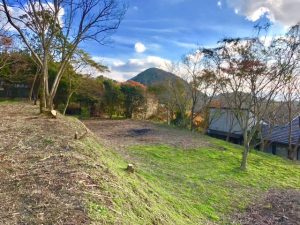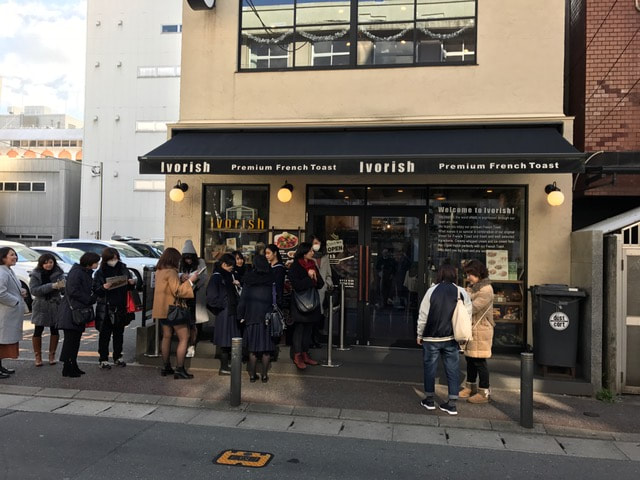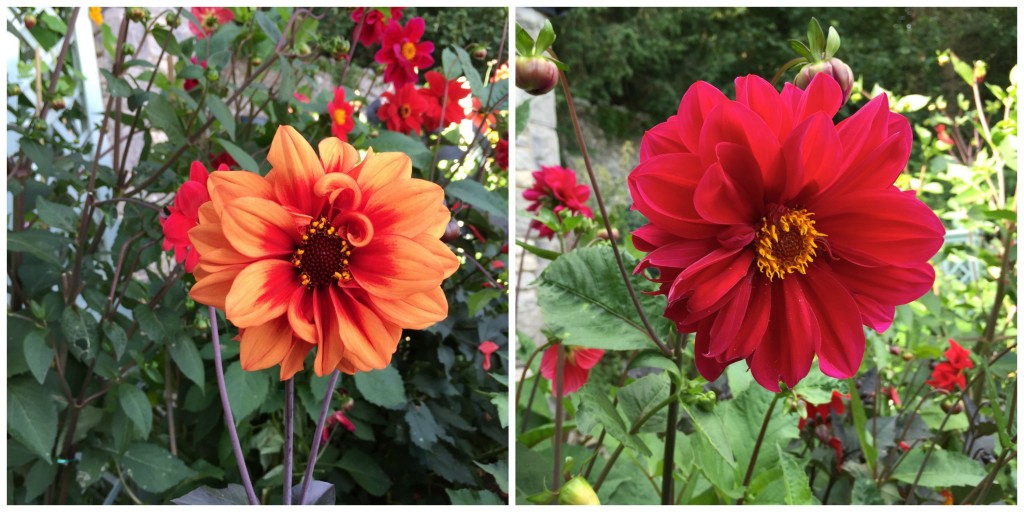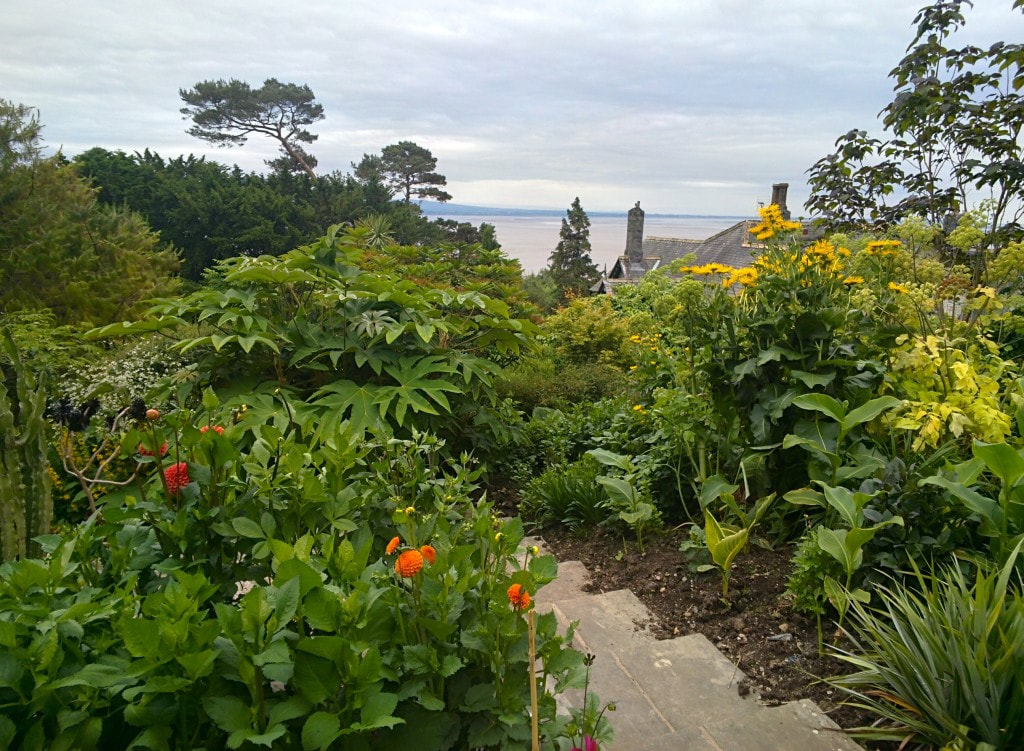|
Does torture by bamboo, where a man is tied to the ground and bamboo grows into him, really work? You’d have thought that the total exclusion of light would stop the plant growing, and my guess is that this form of torture is more the stuff of fiction than history. But there are other forms of torture by bamboo, as everyone who has planted a clump, only to see it take over their garden, will know. The second form is the torture of trying to remove it. Bamboo is tenacious stuff, and you have to be very strong indeed to dig it out.
Our land at Itoshima was well and truly tortured by bamboo when we took it over. The bamboo was so dense that nothing else would grow. The first three months were spent digging it out, mainly by Matt’s stalwart bunch of Workaway volunteers. Then the bamboo came in useful. Chris, with his usual creative flair, used it to make a decorative fence round the vegetable garden. These four photos show how bamboo ceased to be an intruder and became our friend.
0 Comments
In 2000 Hilton Hotels bought the side of a mountain by the coast in Itoshima, intending to build a resort there. Unfortunately for them this was prime oyster territory and the local fishermen kicked up such a stink about the threat of pollution that the scheme foundered. My friend Minohara-San bought the 70 hectares for a song. When he heard that I was looking for land to build a house and garden he very kindly offered me a plot right on top of the mountain, and this gave rise to the idea of creating a ‘Slow Life’ village where city dwellers could come and find out about the ways of the countryside. But he had placed the land in the hands of an educational charity who wouldn’t allow any buildings, whatever the environmental credentials, so the scheme fell by the by.
It’s never a good idea to raise people’s expectations too high, as there’s a risk that they will be disappointed. This was the worry which I had with our website for Bay Villa – the rooms were so photogenic that I thought the reality might not live up to the photos. It turns out I was wrong. The most common reaction, when people are shown a room is to saw “Wow!”. We had a soft opening four months ago, with no advance publicity, but the word has spread, and the reaction from our guests has been wonderful.
In July we’ve had tour groups from Estonia, Pennsylvania and Sweden, as well as our usual NGS Open Day, but the month has been dominated by artists’ events organised by Alan Ward. First, the Life Models’ day and then the Artists’ Day, which is now established as an annual event. So July’s slideshow is dominated by artists, some of them in the altogether. Luckily the weather has been warm, which has been good for the flowers as well.
Sunday Cobblepot, (pictured here with her Shih Tzu called Elmer) the most interesting of Saturday’s life models, was fascinated by the clump of ‘Hot Lips’ Salvia, growing in the lower terrace. It reminded her of ‘Hot Lips Houlihan’ from M*A*S*H, a show which she loves so much that she has its star, Alan Alda, tattooed onto her right arm. She’s also mad about the Avengers and has John Steed, complete with bowler hat, on her chest and a full-length Emma Peel, with bowler and rolled umbrella, on her left leg. But this is no frivolous fascination with television stars of the sixties and seventies – Sunday (her real name) is about to finish a PhD on the subject of fashion design as portrayed on TV in that era. A book will follow, no doubt to great acclaim knowing Sunday’s skill at self-promotion. The generation gap has well and truly disappeared when girls of my daughters’ age know more about the TV of my youth than I do.
June slideshow from Jonathan Denby on Vimeo.
My overwhelming impression of the garden this June has been the scent. The most impressive flowers have been the peonies, of which one, Cora Stubbs, supplied by Cath’s Garden Plants, is gloriously fragrant, but some of the best perfume has come from less distinguished plants. The strongest, whose scent pervaded the entire garden, has been the Cordyline Australis, or cabbage tree, a half-hardy palm, which produces masses of white flowers near the crown. Another white scented flower in June is the Crambe Maritima, which self-seeds freely in my garden. A particularly spectacular specimen emerged among the Gunnera this year. As these flowers fade, their scent is gradually being replaced by the sweet small of Buddleia Davidii. This slideshow of the garden in June may look good but it can’t, regretfully, convey the entire picture.
|
|
























 RSS Feed
RSS Feed